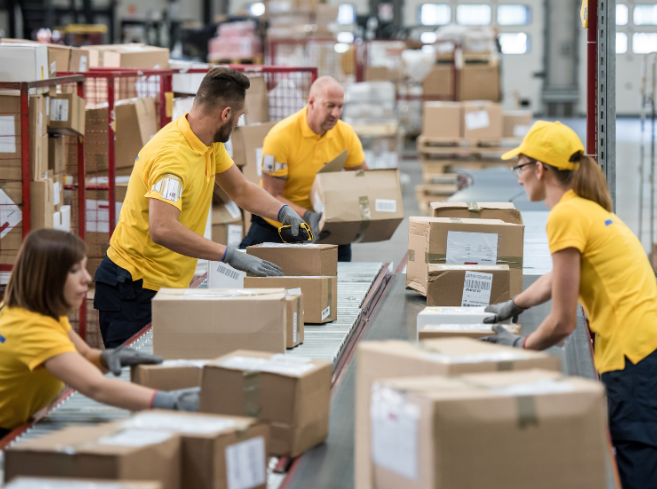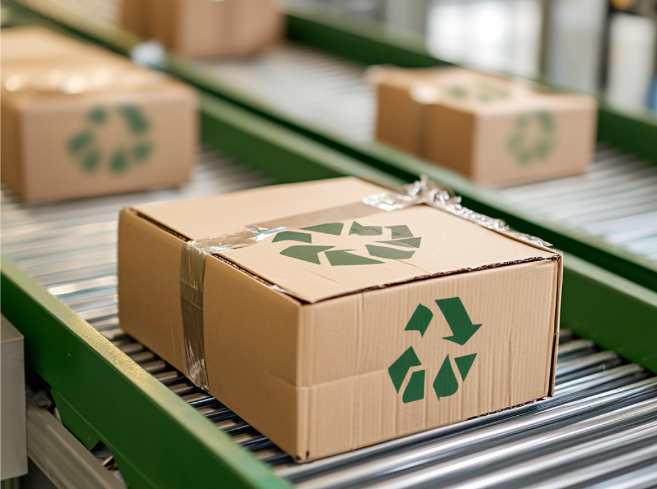In recent years, conversations around sustainability have moved from being an optional corporate responsibility initiative to becoming a fundamental business imperative. Among the many areas where companies are rethinking their practices, packaging has taken center stage. Eco-friendly packaging is no longer just about reducing plastic use but also reimagining the way goods are produced, transported, and consumed. Its impact on the supply chain is profound, influencing everything from sourcing to logistics to customer satisfaction.
Why Packaging Matters in the Supply Chain
Packaging often serves as the first touchpoint between a product and its customer. It protects goods during transportation, communicates brand values, and shapes consumer perception. However, traditional packaging methods which are mostly reliant on single-use plastics, excess cardboard, and non-recyclable materials, come with a heavy environmental cost.
When organisations adopt eco-friendly packaging, they are not only reducing waste but also influencing the entire supply chain. From sourcing sustainable materials to redesigning shipping processes, packaging becomes a strategic element that creates efficiency and adds long-term value.

The Shift Towards Sustainable Materials
The most visible aspect of eco-friendly packaging is the material itself. Businesses are increasingly moving towards recyclable, biodegradable, or compostable alternatives. Materials such as plant-based plastics, mushroom packaging, recycled paper, and cornstarch derivatives are becoming more common.
This shift affects the supply chain right at the procurement stage. Sourcing sustainable raw materials often requires new supplier partnerships and quality standards. While the initial costs may sometimes be higher, companies benefit by aligning with global sustainability regulations, improving brand reputation, and future-proofing operations against resource scarcity.

Cost and Efficiency Benefits
One of the misconceptions surrounding eco-friendly packaging is that it always adds to operational costs. In reality, when viewed through the lens of the supply chain, sustainable packaging can drive efficiency. For example, lightweight packaging materials reduce shipping weight, which directly cuts down transportation costs and lowers carbon emissions.
Additionally, innovative packaging designs can minimise the amount of material used while still protecting products. Flat-pack packaging, stackable designs, and right-sized boxes optimise warehouse storage and streamline logistics. These improvements ripple across the supply chain, making processes more cost-effective and environmentally responsible at the same time.
Meeting Consumer Expectations
Supply chains today are shaped as much by consumer expectations as by corporate decisions. Customers are more informed and environmentally conscious than ever. According to recent studies, a growing majority prefer to buy from brands that use sustainable packaging, even if it comes at a slightly higher price.
When companies adopt eco-friendly packaging, they are not only meeting this demand but also building loyalty and trust. For the supply chain, this translates into stronger brand equity, improved customer retention, and greater resilience in competitive markets. In a world where consumers often share their unboxing experiences on social media, packaging becomes both a marketing tool and a statement of values.
Regulatory and Compliance Impacts
Governments around the world are tightening regulations on packaging waste and single-use plastics. Compliance is no longer optional. Supply chains that fail to adapt may face penalties, disrupted operations, or even bans on certain materials.
Eco-friendly packaging helps businesses stay ahead of regulatory requirements. By integrating sustainability into packaging decisions, organisations build more resilient supply chains that are compliant by design rather than scrambling to adjust when new rules are introduced.
Challenges in Implementation
While the benefits are clear, adopting eco-friendly packaging is not without challenges. Supply chains may face issues such as limited availability of sustainable materials, higher upfront costs, and the need to redesign packaging to maintain product safety.
Collaboration becomes essential. Businesses must work closely with suppliers, logistics partners, and even consumers to ensure packaging initiatives succeed. Education is also critical, helping customers understand how to dispose of or recycle packaging correctly ensures that its environmental benefits are realised.
The Future of Eco-Friendly Packaging
The future of eco-friendly packaging is closely tied to innovation. Advancements such as edible packaging, smart packaging with tracking technology, and reusable packaging models are reshaping how supply chains operate. Circular economy principles, where packaging is designed for reuse and recycling from the outset, will likely define the next phase of sustainable supply chains. As these innovations become mainstream, eco-friendly packaging will no longer be seen as an additional effort but as the default way businesses operate. Companies that invest early will gain not only environmental credibility but also a strategic advantage in efficiency, compliance, and customer satisfaction.
Vee Technologies delivers comprehensive logistics documentation and billing services across land, air, and sea shipments. Through technology-enabled workflows and intelligent automation, we bring efficiency, accuracy, and compliance to every stage of freight bill processing and audit.





